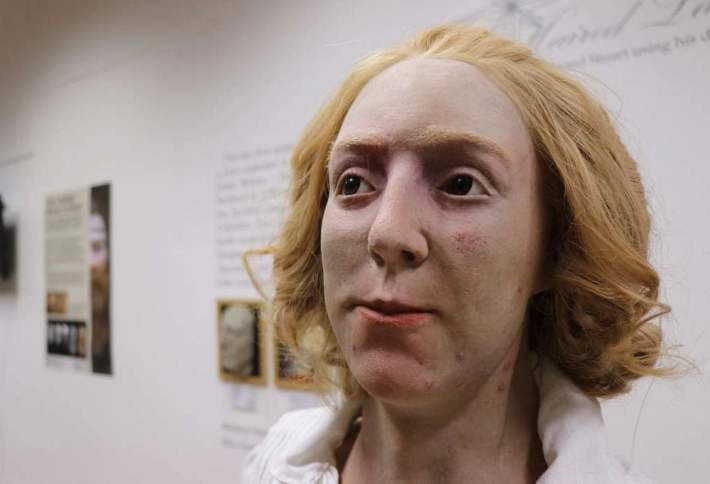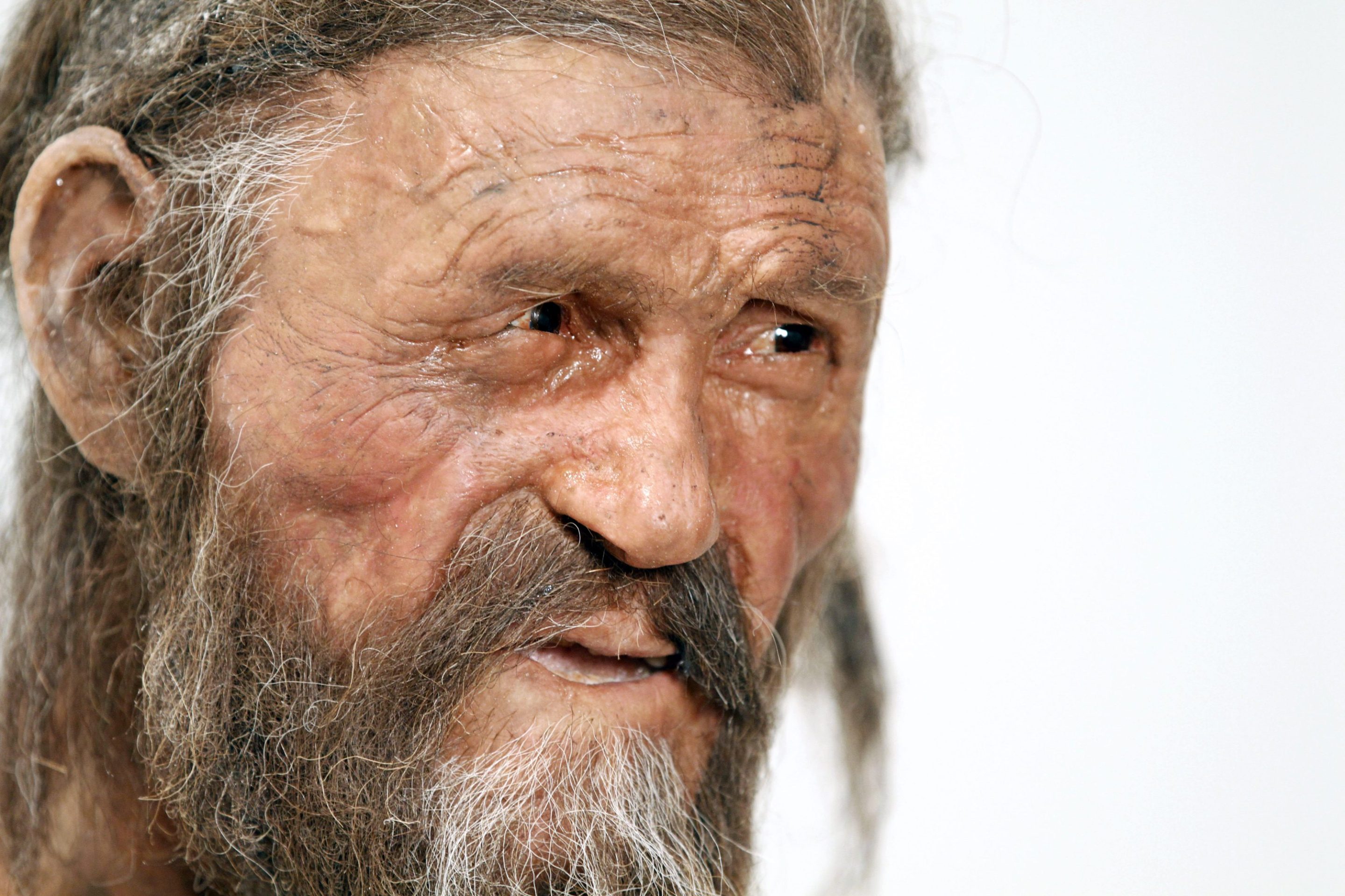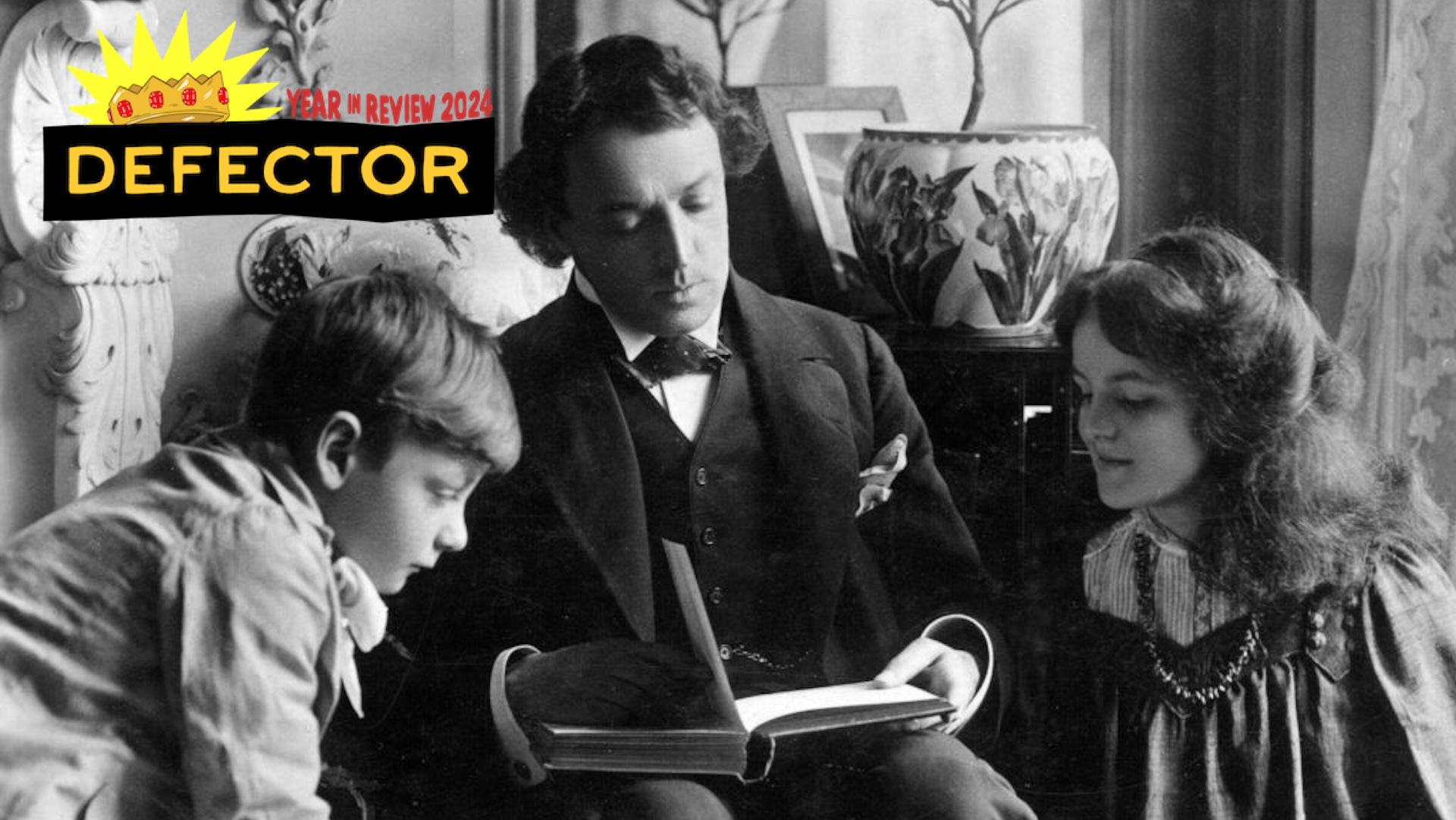For several years, I have been morbidly fascinated by the field of historical facial reconstruction, in which forensic artists and anthropologists analyze the remains of people who died hundreds to thousands of years ago to decipher what those people's faces looked like when they were alive. These reconstructions have a clear and noble aim: They put a face to people who died long ago and help people build relationships to ancestors. They are a blend of science, history, and art, conjuring in uncanny 3D renderings the faces of people who probably would have been freaked out by a computer. They restore personhood to individuals who may only now exist as bodily remains. But this newfound personhood sometimes raises one of the timeless questions about what it means to be human: Were they hot or not?
Last week, a team at the University of Dundee’s Centre for Anatomy and Human Identification released their recreation of the face of Bonnie Prince Charlie, or Charles Edward Stuart, a legendary prince who was born in exile and unsuccessfully led a rebellion against the British crown. In the prince's day, he was lauded for being rather handsome—"bonnie" denotes beautiful, and the portraits of the prince paint him as a pretty, rosy-cheeked sort of fellow. But this new reconstruction, which depicts Stuart at a young 24, is not as conventionally bonnie as one might expect. The New York Times noted the reconstruction's "thinner lips" and "sunken eyes" and The Guardian pointed out the prince's "blotchy, sallow skin," seemingly answering the question, "Prince Charlie, bonnie or not?" with a resounding no.

The uglification of the prince is perhaps not entirely unintended. Barbora Veselá, a masters student in forensic art and facial imaging at the university, told the Times she wanted to portray Stuart as a regular person, relieved of his princely frills. She decided to create this reconstruction after seeing another reconstruction that portrayed the prince in his last year, at 67, she told CNN. Veselá based her 3D model on two of the prince's death masks, casts taken upon his death, which she photographed and mapped. The researchers then applied "de-aging" software to reverse the facial changes wrought by 40 years of aging, as well as heavy drinking and the stroke that led to the prince's death. A flourish of beachy golden ringlets and a sprinkling of acne completed the reconstruction, giving Stuart a very different face than the one immortalized in his princely portraits.
Knocking a prince, even an exiled one, down a few pegs hardly seems like punching down. And acne does not make anyone any less bonnie. But the prince's new face is the latest accidental scientific roast of ancient or historical people for not being as hot as perhaps we'd like them to be. This revision recently came for one of the most famous ancient people of all time: Ötzi the Iceman, who was murdered in the Alps 5,000 years ago. Although Ötzi's mummified corpse is dark and hairless, scientists often reconstructed Ötzi as a fair-skinned, light-eyed, hairy guy. But a new study in Cell Genomics redid the mummy's genetic analysis and found the iceman likely had little hair on his head, dark skin and dark eyes, and a predisposition to diabetes. The media leapt at the chance to roast the iceman: "Ötzi the Iceman may have been bald and getting fat before his murder 5,300 years ago." Way to kick an iceman when he's down!
Ötzi's reimagined appearance, which is the direct result of a higher-quality genome analysis, is vastly different from the more speculative new face of Bonnie Prince Charles. Both underscore the fact that science is an iterative process, where new evidence and technology help researchers revise and refine their theories. But they also suggest that, unlike the field of paleoart and reconstruction of ancient animals, reconstructions of ancient humans are not isolated from our modern human preferences, such as the tendency of many Western scientists to assume ancient European people were fair and white, even if a person's real mummified skin might suggest otherwise. And a person's power likely affects how we perceive them. When they discovered Richard III under a car park ten years ago, the suggested reconstruction looked eerily like a live-action Lord Farquad, yet this vision of Richard III received none of the insults that the Bonnie Prince Charlie faces now.
Not all facial reconstructions function as roasts. Many reconstructions of young white women make headlines because of their "timeless" beauty. When reconstructing the face of an unknown 14th-century Scottish woman who was buried on a bed of seashells, the forensic artist noted the woman had the most symmetrical skull he'd ever encountered, which is certainly one way to charm a long-dead lady. In the reconstruction, the Scottish lady doesn't not look like Robin Wright Penn in her Princess Buttercup era.
The reconstruction of any ancient face, no matter how underwhelming or symmetrical, is ultimately an interpretation, one that may change over time. In 2016, researchers reconstructed the face of a Scottish woman from 3,700 years ago, giving her wild red hair, blue eyes, and a hot-girl stare; "Meet Ava, a Bronze Age Woman From the Scottish Highlands," read a Smithsonian headline. But in 2018, the researchers revised this reconstruction after finding Ava actually had dark, straight hair and brown eyes; "No, Wait, This Is the Real Ava, a Bronze Age Woman From the Scottish Highlands," read a follow-up Smithsonian headline. It's funny because none of these 3D renderings are the "real" woman, whose name was certainly not Ava. Perhaps there will be a perpetual stream of new, vaguely tweaked Avas as science advances and more materials are discovered from her grave.
Personally, I have no idea how realistic any of these reconstructions might be. Modern forensic anthropology is an imperfect science full of conjecture, and referring to something as "de-aging software" does not help me understand how it works or how scientific it may be. Maybe they will eventually apply "de-aging software" to Ötzi to imagine the weathered man in his early 20s. Who knows what beauty standards may have been in Ötzi's time? Perhaps baldness was bonnie for an iceman. RIP Ötzi, you would have loved toupee TikTok.





